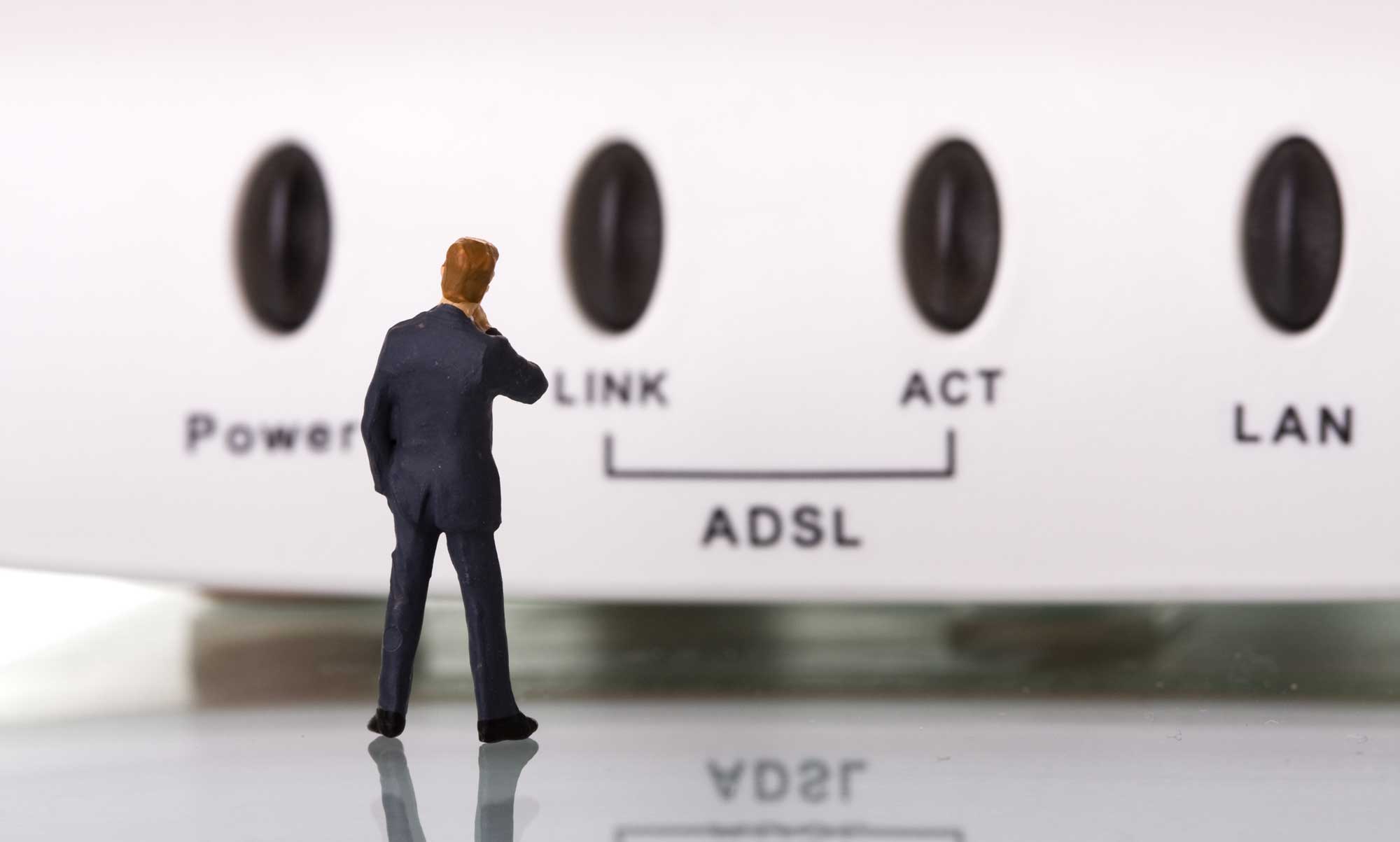
In this ever-connected world, our homes are brimming with devices that rely on a stable and secure internet connection. At the heart of it all is our home router, the gateway to the digital world. However, as technology advances and threats evolve, router manufacturers release updates to address vulnerabilities and enhance security. But what happens when your router is no longer supported by the manufacturer? In this blog post, we’ll explore how you can determine if your home router is unsupported and the potential security risks associated with using an outdated device.
Identifying Unsupported Routers
Consult the Manufacturer’s Website:
The first step is to visit the official website of your router’s manufacturer. Look for a dedicated support page or a list of supported models. Manufacturers often provide information about their products’ lifespan, including details on the end-of-support date for each model. This information will help determine if your router is still receiving updates and security patches.
Firmware Updates:
Log into your router’s administration panel. Typically, you can access it by typing the router’s IP address into a web browser. Once you’re in, navigate to the firmware section and check for any available updates. If you find that the latest firmware version is outdated or unavailable, it could indicate that the manufacturer has stopped supporting your router.
Online Forums and Communities:
Explore online forums and communities dedicated to networking and technology enthusiasts. Users often share information about discontinued router models and their support status. Engaging with these communities can provide valuable insights into whether your router is still actively supported.
Security Risks of Unsupported Routers
Vulnerability Exploitation:
Outdated routers no longer receive security patches, exposing them to known vulnerabilities. Attackers actively target such devices, using unpatched security flaws to gain unauthorised access to your network. This can lead to various risks, such as unauthorised data access, network surveillance, or even hijacking your internet connection for malicious purposes.
Lack of New Security Features:
Router manufacturers regularly introduce new security features to combat emerging threats. Unsupported routers miss out on these crucial enhancements, making them more susceptible to sophisticated attacks. Features like firewall updates, intrusion detection systems, or VPN support, which could significantly enhance your network’s security, may not be available on outdated devices.
Compatibility Issues:
As technology advances, new devices and software may rely on modern router features absent in unsupported models. Your older router might struggle to handle these demands, resulting in connectivity issues or limited functionality. Incompatibility can hamper your ability to connect smart home devices, game consoles, or streaming services, impacting your overall digital experience.
Protecting Your Network
Replace or Upgrade:
If your router is no longer supported, consider replacing it with a newer model from a reputable manufacturer. Upgrading to a supported router ensures you receive timely firmware updates, essential security patches, and access to advanced features. Make sure to research and choose a router that meets your network requirements.
Secure Configuration:
Regardless of whether your router is supported, you can strengthen your network’s security by implementing good practices. Change the default admin password, enable strong encryption (WPA2 or WPA3), disable remote management, and regularly update your router’s firmware, if available. These steps will fortify your network against potential threats.
Network Segmentation:
Consider segmenting your home network by creating separate VLANs (Virtual Local Area Networks) for different device categories. By doing so, even if one device is compromised, it will be isolated from others, limiting the potential impact on your entire network.
With the increasing prevalence of cyber threats, ensuring that your home network remains secure is essential. Identifying whether your router is unsupported by the manufacturer is the first step toward safeguarding your digital life. You can maintain a robust and protected home network by understanding the potential security risks associated with outdated routers and taking appropriate action, such as upgrading or implementing security measures. Remember, a secure router is the foundation of a safe online experience for you and your family.